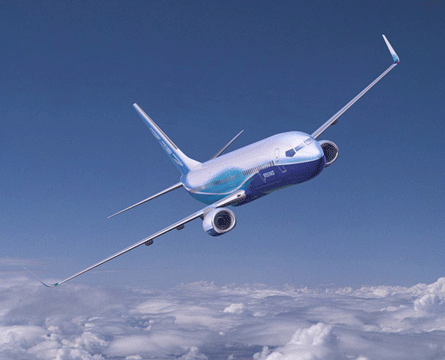The US FAA wants operators of a wide variety of Boeing 737s to perform repetitive inspections, lubrications and repairs or overhauls to the horizontal stabilizer trim actuators on the aircraft to prevent possible loss-of-control accidents.
FAA’s proposed airworthiness directive (AD), issued today, comes as a result of a Boeing design review and safety analysis of the trim units on all its aircraft following the January 2000 loss of an Alaska Airlines MD-83 and all 88 passengers and crew due to an improperly lubricated jackscrew.
During Boeing’s review, one operator reported “extensive corrosion” of the primary load path ball bearings in the ballscrew assembly of the trim mechanism of a Boeing 757, according to the FAA.
 |
|---|
© Boeing |
The agency says the trim mechanisms in the Boeing aircraft, although different in design to the failed MD-83 system, perform “similar functions and have the same airplane-level effect following failure”.
FAA notes that the condition, “if not corrected could result an undetected failure of the primary load path for the ballscrew in the drive mechanism of the horizontal stabilizer trim actuator and subsequent wear and failure of the secondary load path, which could lead to loss of control of the horizontal stabilizer and consequent loss of control of the aircraft”.
Given that the ballscrew assembly on the 757 is similar to the system on the 737, the FAA contends that “all of these models may be subject to the same unsafe condition” and says it is considering a similar rulemaking for the 757 trim system.
Comments on the AD are due to the FAA by 12 June.
Source: flightglobal.com's sister premium news site Air Transport Intelligence news
Source: Flight International
















